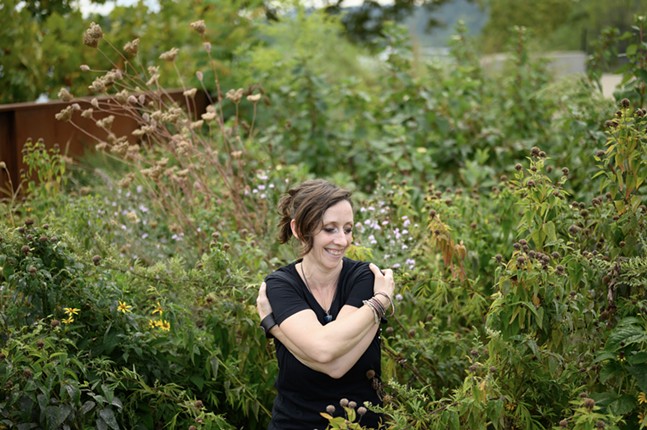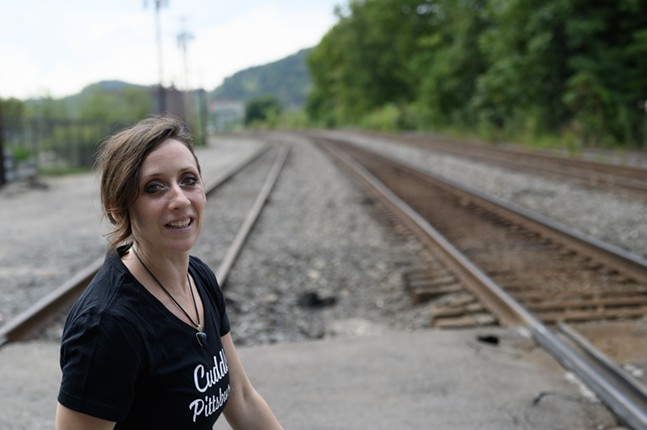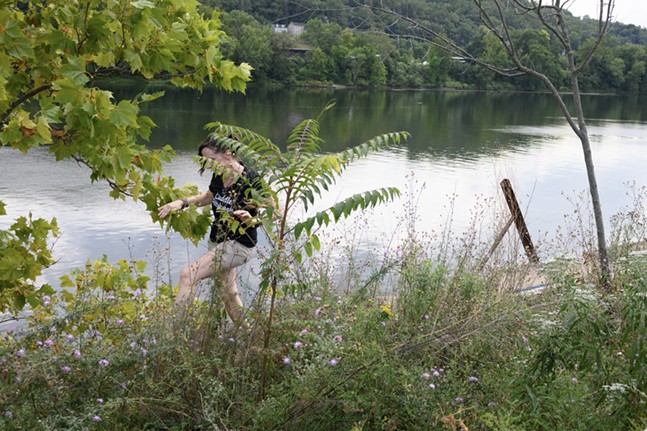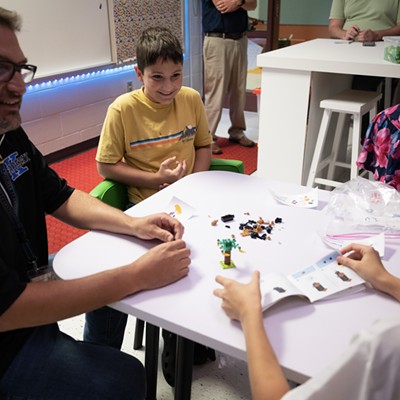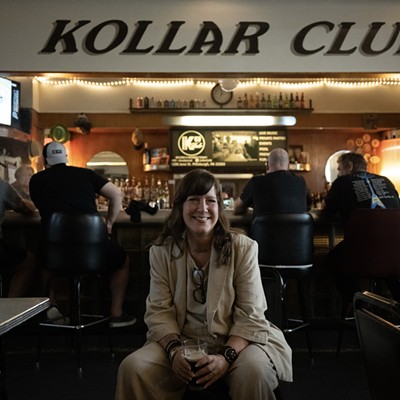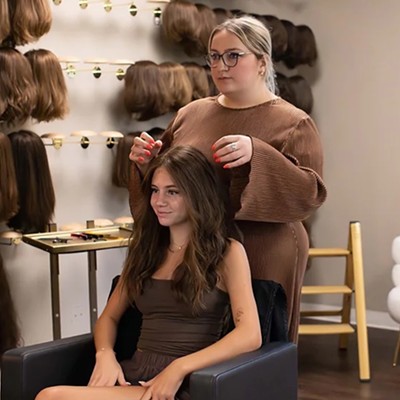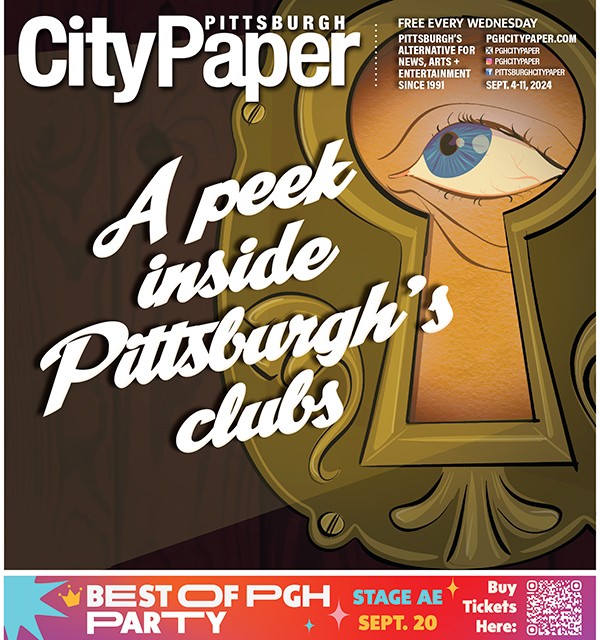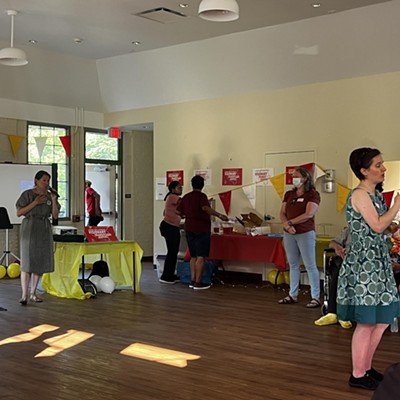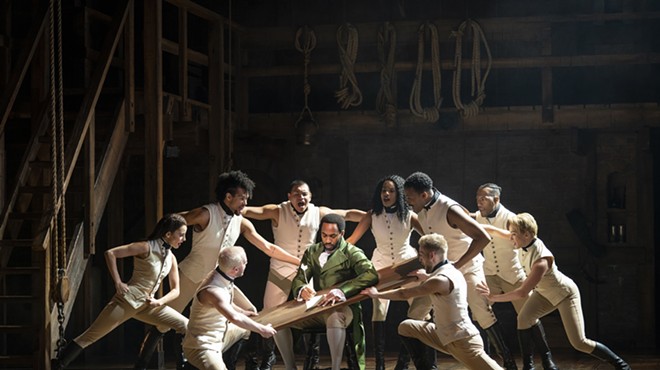When first looking into therapeutic cuddling, a practice that encourages and facilitates consensual, platonic touch among adults, questions certainly arise: What is involved? Who does it benefit? How do you find a cuddling event in your city?
For Crystal's Cuddle Therapy, a local service run by Crystal Cavitt, another, less obvious question may arise — what’s up with all the Care Bears? The colorful characters, which gained popularity in the 1980s through animated films and television shows and as toys, are splashed across her various social media platforms and websites. Users will also find images of Cavitt smiling and hugging Care Bears and other plush toys.
Cavitt tells Pittsburgh City Paper that, in addition to serving as a marketing tactic, the Care Bears hold personal and practical significance to her practice.
“I know that for my first cuddle event, I brought my childhood Care Bear stuffed animal, and I was petrified,” Cavitt, a self-described professional cuddler, platonic touch practitioner, and cuddle event leader, explains. “As somebody who's experienced trauma, I thought, ‘well, what is this going to be? It literally could be anything.’ And so, walking into it, I felt what most of my current community members feel the first time they come in, which is fear, trepidation, stepping into the unknown.”
Since 2018, Cavitt has organized cuddle club events, primarily in Sharpsburg and the South Hills. The gatherings, usually promoted on sites like Meetup and Eventbrite, invite those looking to explore nonsexual touch and intimacy with others in a safe, calm atmosphere achieved by utilizing “quilts, blankets, squishy materials, snacks” and stuffed animals — hence the Care Bears.
Cavitt believes the childlike imagery also helps cuddlers feel safe to open up in ways not possible in other communities, even in more accepting kink or fetish circles.
“I think most people are afraid of vulnerability,” she explains, adding that, in her experience, cuddling can be intimidating to many. “And I think that cuddling is really, honestly the foundation to start to love oneself, and then to start to move into being able to love another … I want to honor that play is important, that foundational self-love is also important, and that a lot of people who may be interested in exploring other realms of their sexuality are certainly welcome to my events, but that's not what it's about.”
Though relatively new to Pittsburgh, therapeutic cuddling has been around for years. In 2016, both Vice and the New York Times ran articles about cuddle therapy, with one detailing the writer’s time at a cuddle party (similar to Cavitt’s Care Bear, the article points out how one woman at the event “clutched a stuffed, life-size Garfield”).
The articles point to cuddle clubs attracting a wide spectrum of people, something Cavitt says is commonplace at her events. She says that the two to four events she hosts each month vary wildly, attracting “men, women, and those identifying as trans.”
“I'll have people reach out sometimes and say, ‘What's the gender dynamic like? Do you have a percentage?’” she says. “First off, I'm not able to disclose everything, I don't always know before the event how many people and of what gender they will be. I do see a lot of beautiful, amazing [people who identify as male] that are struggling with touch, but it's a pretty diverse group.”
Cavitt says she prefers to host smaller cuddle groups of anywhere from three to 10 people and offers one-on-one cuddle therapy sessions. She relies on organizations like Cuddle Sanctuary, a national cuddling professional network that provides training, therapy certification, and ethical guidelines, to ensure events are trauma-informed and safe for all who attend. Cavitt says participants are not required to cuddle and “go through a series of exercises that include building connection and trust.”
“Some of those exercises include practicing how to say ‘no’ and continually doing that throughout the event and then celebrating those,” she says. “In our society, we're often told by bosses or loved ones that we have to say yes to something that we have no desire to say yes to and it starts from our time as kids. And so trying to work against that, that conditioning, and then also attempting to just build a self-care type of vibe.”
Cuddlers can also retreat to a “solo salon” when touching and socializing become too much. “If someone says ‘I'm full’ — [although] they don't have to speak verbally at all — they can just go into that space and be present with us, but not touch. And I usually make sure to repeat about 1,000 times during my events that no touch is required for this event, that is not the purpose of the event.”
She says that while cuddle club events require a fee, she will work with anyone struggling to afford it.
Cavitt intends to build on her practice through additional education and training — she’s currently earning a bachelor's degree in psychology from the University of Pittsburgh and looking into the need for more research on the benefits of non-marital and platonic touch.
She understands that while the term “cuddling” and, in her case, the Care Bear imagery, may strike some as odd or juvenile, it also works.
“The cuddling really does market itself, like the word ‘cuddle,’” she says. “I've actually wanted to get away from it because of how childlike it is at times and I recognize how it still is eye-catching. So even if they think weird about it at first, at least it gets them thinking.”

